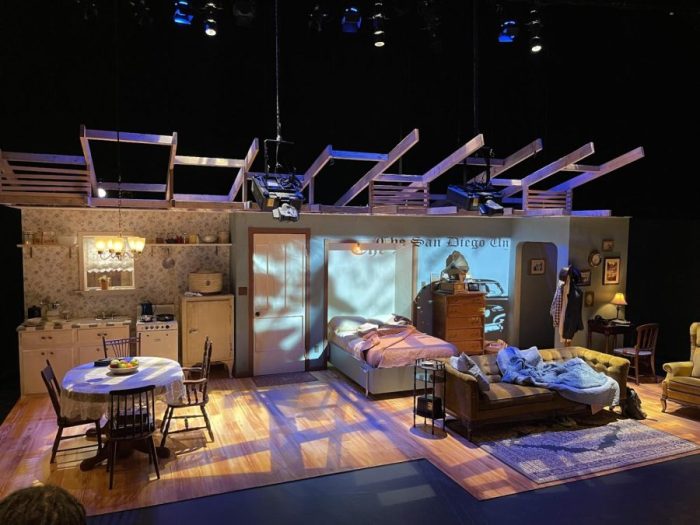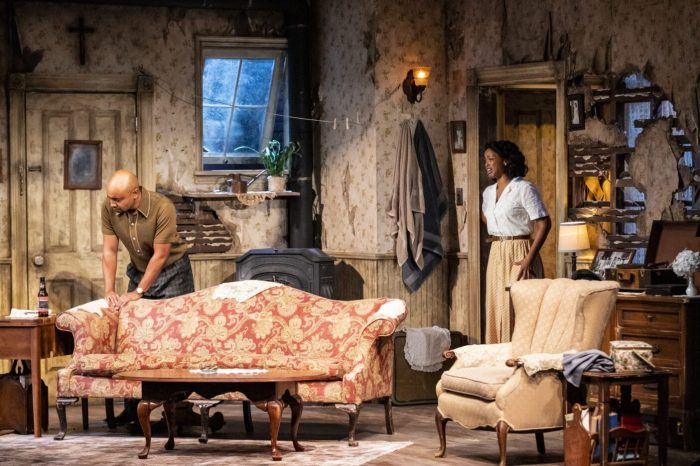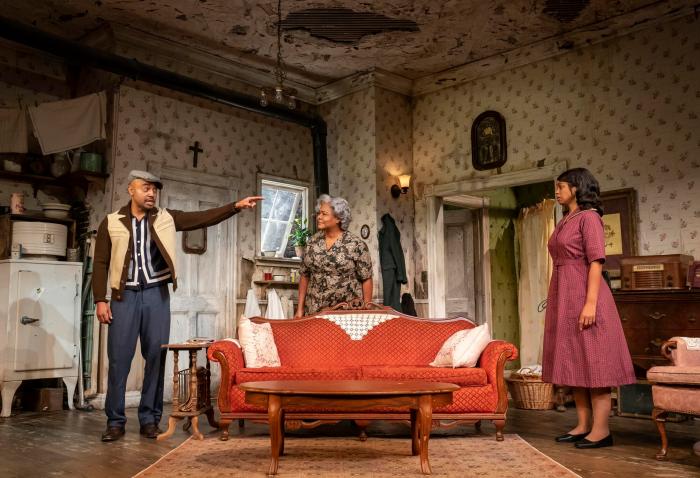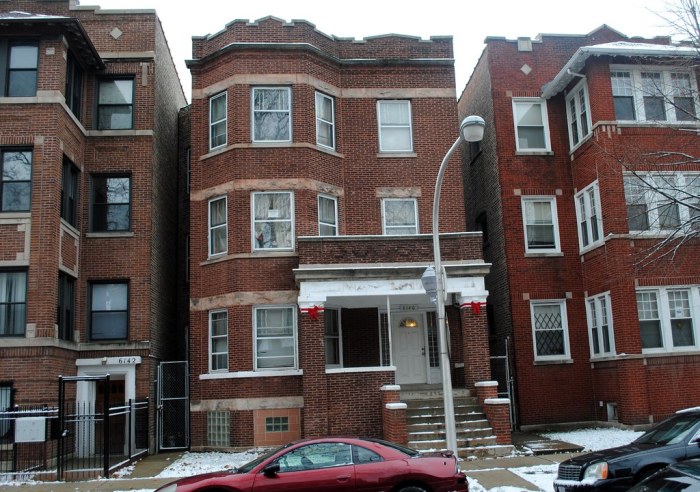As the title suggests, “A Raisin in the Sun Apartment” takes center stage in this exploration of the iconic play by Lorraine Hansberry. Through an engaging lens that combines accessible language with scholarly insights, we delve into the multifaceted significance of this humble abode, uncovering its profound impact on the Youngers’ aspirations, struggles, and ultimately, their transformative journey.
The apartment, with its cramped quarters and limited amenities, serves as a poignant reflection of the social and economic realities faced by African Americans in the 1950s. Yet, within its walls, dreams take flight, conflicts erupt, and the seeds of change are sown.
Historical Context of “A Raisin in the Sun”

Lorraine Hansberry’s “A Raisin in the Sun” premiered in 1959, a time marked by significant social and economic changes in the United States. The post-World War II era witnessed an economic boom, but it also exacerbated existing inequalities, particularly for African Americans.
African Americans faced systemic racism and discrimination in housing, education, and employment. They were often confined to segregated neighborhoods, denied access to quality schools, and paid lower wages than white workers. These conditions created a sense of frustration and disillusionment within the African American community.
African American Experiences
The play reflects the experiences of African Americans during this period. The Younger family, the play’s protagonists, lives in a cramped apartment in Chicago’s South Side. They struggle to make ends meet and face constant discrimination. The play explores their hopes, dreams, and frustrations as they navigate the challenges of their time.
Setting and Symbolism of the Apartment

The cramped and dilapidated apartment on Chicago’s South Side, where the Youngers reside, serves as a poignant reflection of their aspirations and struggles.
The apartment’s physical characteristics embody the family’s cramped living conditions and financial constraints. The two-bedroom flat is overcrowded with five family members, and its dilapidated state reflects years of neglect and deferred maintenance. The broken windows, peeling paint, and worn-out furniture all speak to the Youngers’ poverty and the challenges they face in maintaining a decent standard of living.
Symbolism of the Apartment
Beyond its physical representation, the apartment also carries a profound symbolic significance. It represents the Youngers’ hopes and dreams for a better future. The family’s decision to move into the apartment is driven by their desire to escape the overcrowded and oppressive conditions of their previous tenement housing.
They see the apartment as a symbol of freedom and opportunity, a place where they can finally achieve their goals and aspirations.
However, the apartment also becomes a symbol of disappointment and dashed hopes. The Youngers’ initial excitement over their new home quickly fades as they realize the limitations and shortcomings of their new surroundings. The cramped quarters, the constant noise and pollution, and the ongoing financial struggles all serve as reminders of the challenges they continue to face.
The Family’s Relationship to the Apartment: A Raisin In The Sun Apartment

The Youngers’ apartment is more than just a place to live; it is a symbol of their dreams, aspirations, and struggles. It is a place where they can come together as a family, but it is also a place where their conflicts and tensions are played out.
Each member of the family has a different relationship to the apartment. For Walter, it is a symbol of his frustration and ambition. He dreams of moving his family to a better neighborhood, where they can have more space and opportunities.
For Ruth, the apartment is a place of safety and stability. She is content with their current situation and does not want to move. For Beneatha, the apartment is a place of inspiration and creativity. She uses it as a space to write and to pursue her dreams of becoming a doctor.
The Apartment’s Influence on the Family’s Relationships
The apartment has a significant influence on the relationships between the Youngers. Walter and Ruth’s relationship is often strained by their different views on the apartment. Walter wants to move, while Ruth does not. This conflict leads to arguments and resentment.
Beneatha and Walter also have a difficult relationship. Beneatha is often critical of Walter’s dreams, and Walter is dismissive of Beneatha’s ambitions.
However, the apartment can also be a place of unity for the Youngers. When they come together to celebrate or to mourn, the apartment becomes a symbol of their family bond. It is a place where they can share their joys and sorrows, and where they can support each other through difficult times.
The Apartment as a Site of Conflict

The cramped apartment in “A Raisin in the Sun” becomes a microcosm of the larger social and racial tensions that plague the Younger family and the African American community during the mid-20th century.
The conflicts that arise within the apartment reflect the systemic racism and discrimination faced by Black Americans in housing, employment, and education.
A Raisin in the Sun apartment has become a symbol of hope and opportunity for many. The play, which explores the struggles and triumphs of an African American family in Chicago, has been adapted into a movie and a television series.
For those who want to delve deeper into the themes and vocabulary of the play, wordly wise book 7 lesson 13 provides insightful analysis and exercises. Returning to the apartment in A Raisin in the Sun, we can appreciate its enduring significance as a beacon of resilience and a reminder of the power of dreams.
Conflicts within the Family
The apartment’s small size and lack of privacy exacerbate tensions within the Younger family.
- Walter’s frustration over his dead-end job and unfulfilled dreams leads to frequent outbursts.
- Beneatha’s desire for independence and education clashes with her mother’s traditional values.
- Ruth’s struggles to maintain a sense of normalcy amidst the family’s financial and emotional turmoil.
The Apartment as a Place of Transformation

The apartment in “A Raisin in the Sun” is not merely a physical space but also a catalyst for profound change and growth within the Younger family. Through their experiences in this new home, the characters undergo significant transformations, evolving their perspectives, relationships, and aspirations.
Evolving Perspectives
The apartment challenges the family’s long-held beliefs and preconceptions. As they confront the realities of urban life and racial discrimination, their views on the world and their place within it shift. Mama, initially skeptical about moving, gradually embraces the possibilities it offers.
Walter, once consumed by bitterness and resentment, begins to envision a brighter future for his family.
Deepening Relationships
The cramped quarters of the apartment foster intimacy and strengthen family bonds. Forced to live in close proximity, the Youngers learn to navigate conflicts and support each other through adversity. Ruth and Walter’s relationship grows stronger as they face the challenges of raising a family in a hostile environment.
Aspirations and Dreams, A raisin in the sun apartment
The apartment becomes a symbol of the family’s hopes and aspirations. It represents their desire for a better life, free from the limitations imposed by poverty and racism. Through their struggles and triumphs within these walls, the Youngers demonstrate the resilience and determination of the human spirit.
Query Resolution
What is the significance of the apartment in “A Raisin in the Sun”?
The apartment represents the Youngers’ aspirations for a better life, their struggles against racial discrimination, and their hopes for a brighter future.
How does the apartment reflect the social and economic climate of the 1950s?
The cramped and rundown apartment reflects the limited opportunities and systemic racism faced by African Americans during that era.
What conflicts arise within the apartment?
The apartment becomes a site of conflict between the Youngers’ dreams and the harsh realities of their situation, as well as between family members with differing perspectives.
